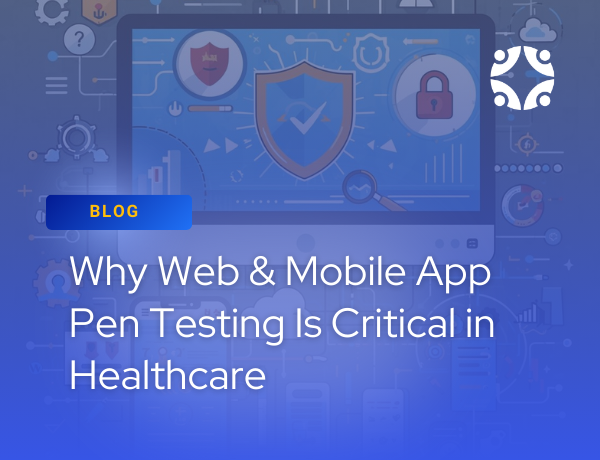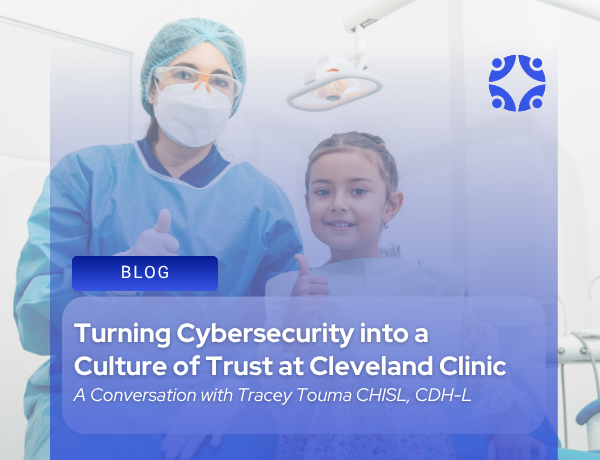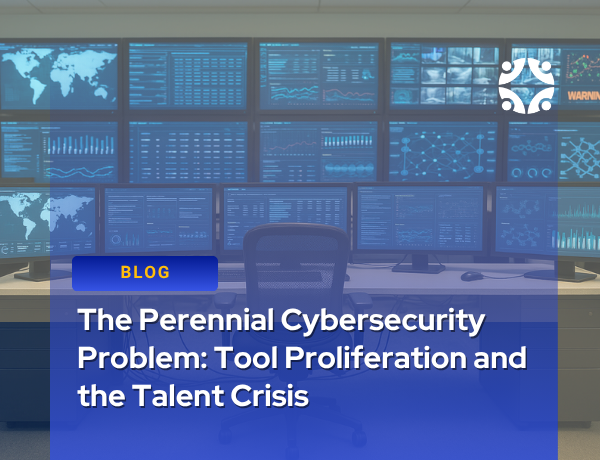By: Jon Moore MS, JD, HCISPP, Chief Risk Officer and SVP Consulting- Clearwater
The market for clinical trials is experiencing significant momentum in mergers and acquisitions (M&A). Private equity (PE) investment in Clinical Research Organizations (CROs) and Site Management Organizations (SMOs) is being spurred by site consolidation, expansion of specialized services, and technology innovation. These firms are important players in the pipeline of drug development and the best targets for investors who wish to capitalize on healthcare innovation.
But with opportunity comes risk. The discovery of 1.6 million sensitive patient records appearing to belong to DM Clinical Research being exposed via an unencrypted, publicly accessible database[1] is a stark reminder of the importance of good cybersecurity practices. For private equity investors, it’s not just about protecting data—it’s about protecting value in investments.
Why CROs Are a Top M&A Target
The growth potential of CROs and SMOs attracts attention from healthcare investors for a variety of compelling reasons:
Consolidation of Markets: High-rate site network expansion is driving consolidation, which is forcing CROs to look for SMO acquisitions to increase capabilities and optimize operations.
Niche Offerings: Acquisition makes end-to-end capabilities available from CROs by providing data management, biostatistics, and compliance services.
Operational Optimization: PE firms see potential in developing best practices, maximizing margins, and creating value through scale economics.
Strategic Pharma Partnerships: Big pharmaceutical companies are using M&A to acquire pre-commercial assets and expand their pipelines.
Tech-Driven Innovation: Digital transformation is revolutionizing clinical trials, and data analytics and AI supplement patient recruitment, trial monitoring, and end-result tracking.
Eleven of the top twenty-five healthcare-focused PE firms purchased interests in clinical research companies, according to a December 2022 KHN report.[2] During 2023, PE Stakeholder documented 38 deals in clinical research, 6 of which were buyouts, 10 growth/expansion investments, and 22 add-on acquisitions.[3] This trend is not likely to slow down in 2025 as investors continue to seek platforms with opportunities for scalable growth.
Cybersecurity Blind Spots in M&A
While the financial advantages of investing in CROs are self-evident, cybersecurity tends to be a backburnered aspect of due diligence. That can be a costly mistake.
Among the most serious cybersecurity threats are:
Exposure of data: As in the DM Clinical Research situation, unencrypted databases can expose sensitive patient data, leading to potential breaches and fines.
Vendor Risk: CROs often utilize third-party sites and cloud services. Without a strong vendor risk management program, such relationships become exposures.
Regulatory Non-Compliance: Depending on the nature of the information, incidents can trigger reporting obligations under state privacy laws, HIPAA (in some cases), and FDA Title 21 CFR Part 11.
Operational Disruption: Cyberattacks may disrupt clinical trials, delay drug development schedules, and decrease the value of an acquisition.
For healthcare investors, those risks are closely associated with financial exposure, reputation damage, and potential devaluation of an acquired asset.
Leveraging Cybersecurity as a Value Driver
Cybersecurity is not just a risk management exercise for PE firms—it’s a value driver. A strong cybersecurity position:
Drives Valuation: Secure companies are valued higher and have fewer post-deal surprises.
Enables Integration: Smooth IT integration accelerates operational efficiencies upon acquisition.
Enhances Exit Opportunities: Buyers and IPO markets increasingly scrutinize cybersecurity practices during exit events.
Protects Brand Equity: Avoiding breaches preserves clinical trial sponsors’, patients’, and regulators’ trust.
Conclusion: Protect the Deal, Protect the Investment
With private equity fueling consolidation within the clinical research industry, it’s crucial to view cybersecurity as a key investment strategy element. Overlooking cybersecurity exposes investors to financial, business, and reputation harm that can erode returns and complicate exits.
The DM Clinical Research lesson is concise: the value of an investment can be destroyed in a matter of hours by one misconfigured database. PE firms that make cybersecurity due diligence and post-acquisition integration top priorities will not only protect their investments but also position their portfolio companies for sustained growth.
Have more questions? Reach out to us and schedule a meeting – https://clearwatersecurity.com/contact/
[1] https://www.healthcareinfosecurity.com/clinical-trial-database-exposes-16m-records-to-web-a-27546
[2] https://kffhealthnews.org/news/article/business-clinical-trials-private-equity/
[3] https://pestakeholder.org/private-equity-healthcare-2023-trends/#clinical



